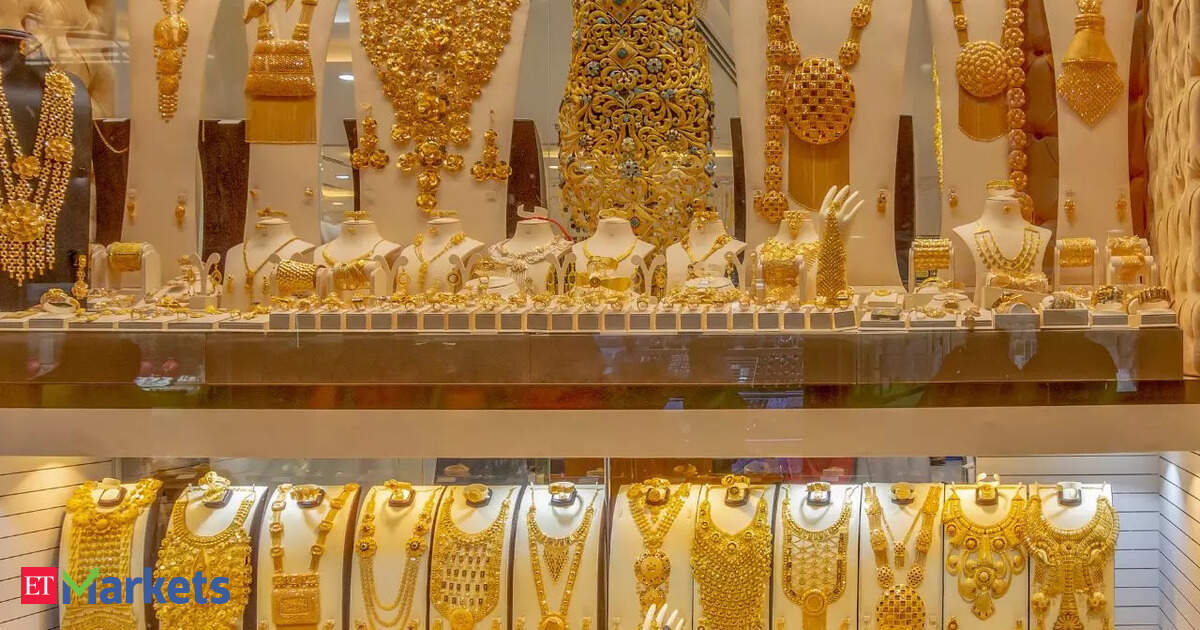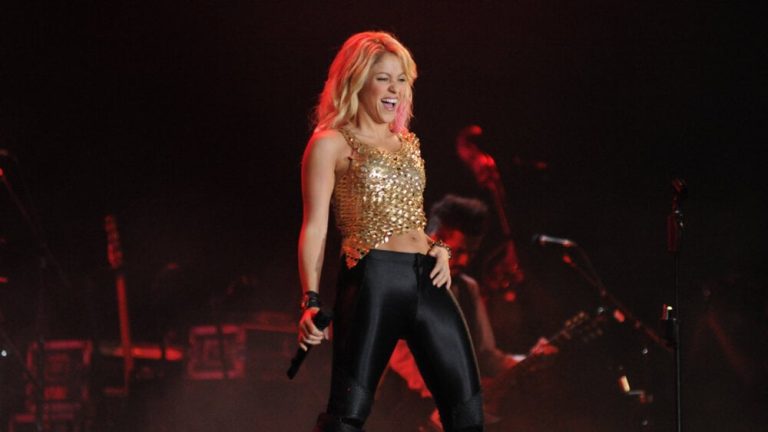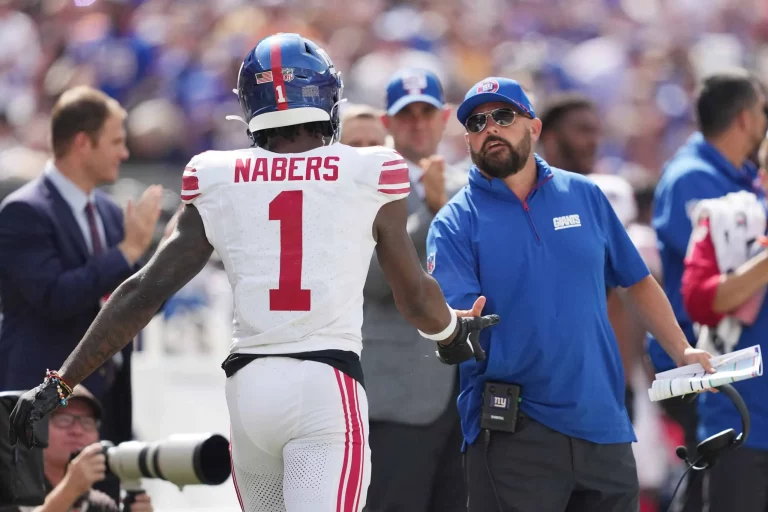The yellow metal has gained nearly 2% this week — climbing from Rs 98,791 per 10 gm on Monday to Rs 1,00,502 per 10 gm on Wednesday at the retail end. With a 3% goods & services tax, net consumer price is now Rs 1,03,507 per 10 gm.
“China is heavily buying gold. The Central Banks across the globe too are buying gold. Big investors are also purchasing gold. All these factors are driving the gold prices,” said Surendra Mehta, national secretary of the India Bullion & Jewellers Association (IBJA), the apex industry body.
Prices of gold had last touched Rs 1 lakh per 10 gm on April 22, following the trade war between the US and China with the former announcing higher tariffs on China.
Silver too shot up to Rs 1,15,500 per kg on Wednesday from Rs 1,11,000 per kg on Tuesday, a surge of Rs 4,500 per kg in a single day. The precious metals are being boosted by lower dollar index and the US trade tariff uncertainty supporting safe-haven buying, analysts said.
The Indian rupee came under pressure following NATO’s warning of secondary sanctions on Russian oil imports leading to an additional increase in gold and silver prices locally. India imports both the precious metals and if the rupee comes under pressure then prices go up automatically.Suvankar Sen, managing director of jewellery chain Senco Gold, said the price rise is forcing consumers to buy lightweight gold jewellery within their budget. “Volume-wise the drop will be 15%. If the price rise continues, then demand for 18 karat, 14 karat and 9 karat gold jewellery will increase,” he said.The festive season, which starts next month with Raksha Bandhan and continues till Diwali in October, is one of the biggest consumption periods of gold, apart from the wedding season in winter.
India’s largest retailer Reliance Retail chief financial officer Dinesh Taluja told analysts last week that the substantial increase in gold prices may have increased bill values (for its jewellery business), but the number of bills have come down. “The business is on steady growth, but obviously there is an impact on the significant increase in gold prices. In volume terms, the demand for gold has gone down,” he said.
The IBJA official said that jewellery sales in Raksha Bandhan will not be good as consumers are not able to accept the price of Rs 1 lakh. In the gold hub Zaveri Bazaar in Mumbai, footfalls have fallen significantly. “Unless the price settles near Rs 93,000 – Rs 94,000 per 10 gm, demand will not see an uptick,” Mehta said.
Persistently high gold prices have suppressed demand, prompting consumers to defer non-essential purchases and opt for more affordable alternatives such as lightweight, lower-karat, silver or studded jewellery.
Kavita Chacko, research head for India at World Gold Council, said the trend of exchanging old jewellery to manage costs continued to gain traction as per market reports.
However, investment-oriented buying may continue, with a growing preference for gold bars, coins and plain gold chains (seen as quasi-investments), which are favoured for their lower fabrication charges.
“As per anecdotal reports, demand has been concentrated in lower-grammage coins, particularly those weighing less than 10gm,” Chacko said.







